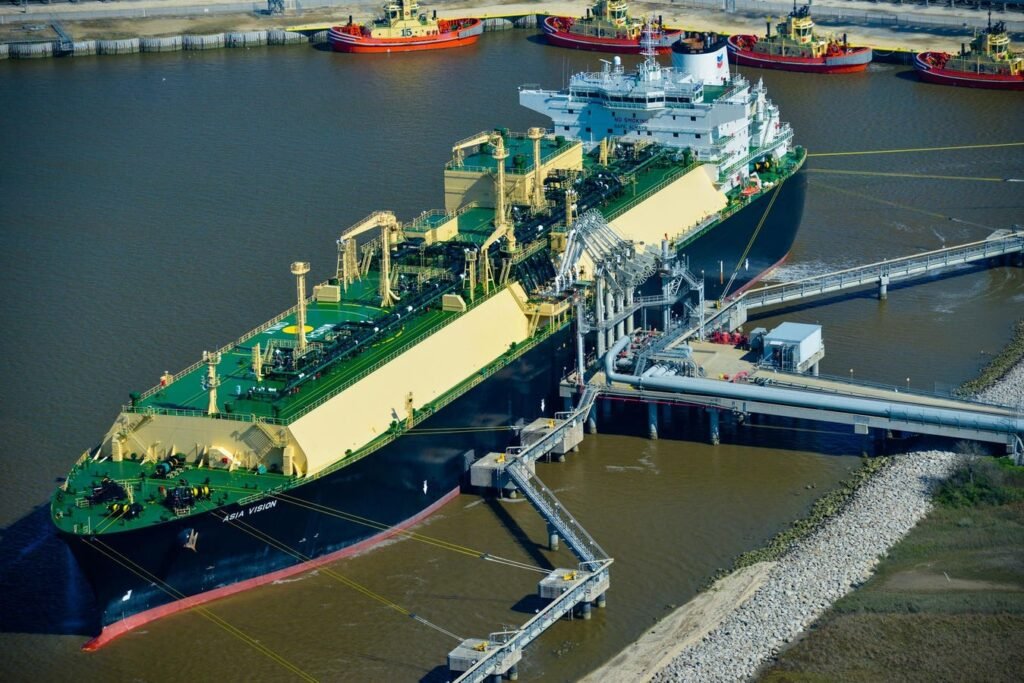The global liquefied natural gas market has long been marked by price cyclicality, with recent years seeing extreme volatility due to various geopolitical and supply disruptions. However, indicators now point towards a calmer period ahead, despite the ongoing competition between Asia and Europe for LNG cargoes. European storage volumes have helped stabilize prices, but a change is expected with increased supply in the first half of 2025.
The United States and Qatar are set to lead the way in boosting LNG exports in the coming years, with projections showing significant growth in export capacity. Data indicates that by 2028, there will be a substantial increase in LNG supply, potentially offsetting demand and leading to a more stable market environment. This shift may bring an end to the European energy crisis post-Ukraine war and result in more competitive LNG pricing.
The expected surge in LNG supply could have far-reaching implications for the industry, impacting key importers around the world. The industry will closely monitor developments at Gastech, the premier event for the natural gas sector, taking place in Houston, Texas. This event will be significant in highlighting the seismic market shift and the potential for a new era of stability in LNG pricing.
Asia remains a crucial driver of LNG demand, with imports in the region steadily increasing. China, in particular, has seen a significant rise in LNG imports this year, contributing to the overall growth in global LNG consumption. The energy transition economics are also influencing the industry, with a shift away from coal-fired power plants towards renewables impacting the natural gas market.
The International Energy Forum projects further growth in the global LNG market, led by Asia, with demand expected to increase significantly by the end of the decade. Energy consumption patterns are evolving, with a focus on reducing fossil fuel reliance and transitioning to cleaner energy sources. While gas-to-power demand may see marginal increases in certain regions, the overall trend towards lower carbon emissions is likely to impact the natural gas sector.
As the industry looks towards the future, the prospect of more stable LNG prices and market conditions appears promising. The increased supply from key exporters like the United States and Qatar, coupled with evolving energy transition dynamics and growing demand in Asia, could pave the way for a more balanced and less volatile LNG market in the years to come.

